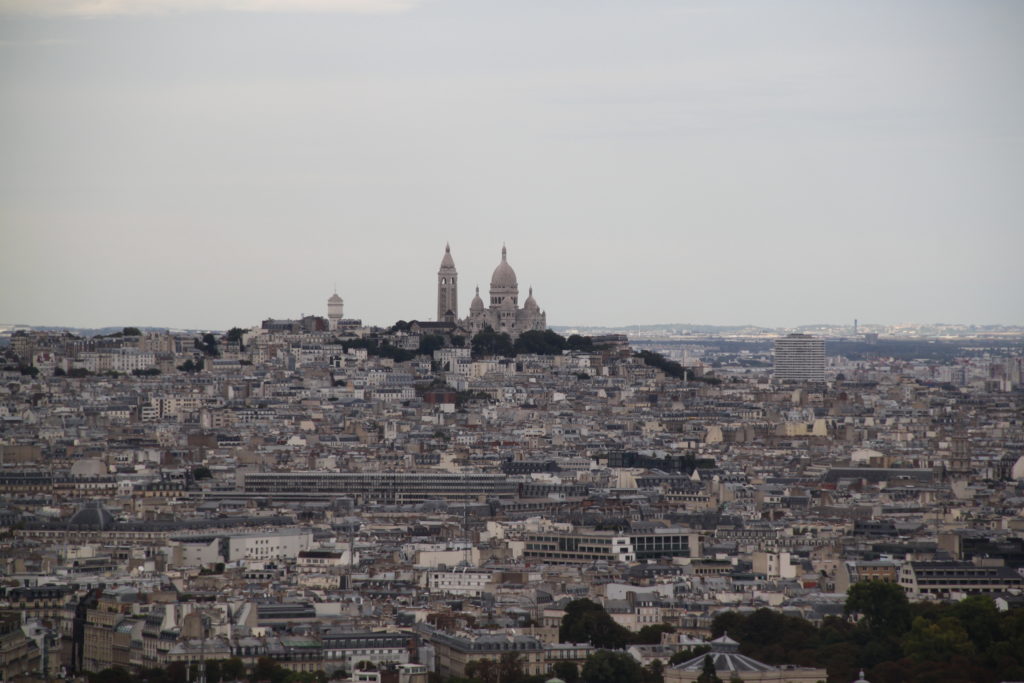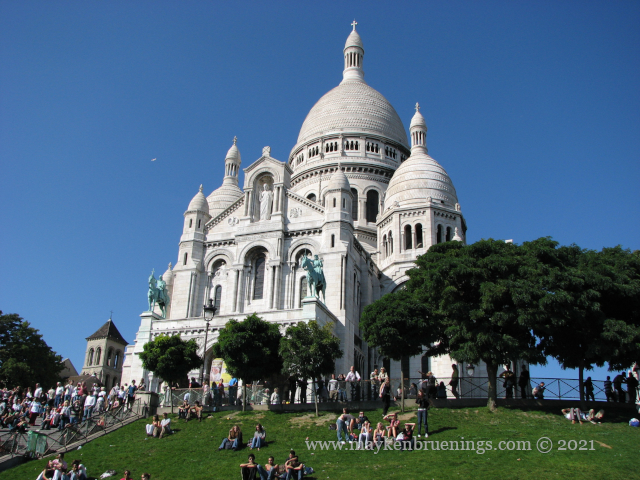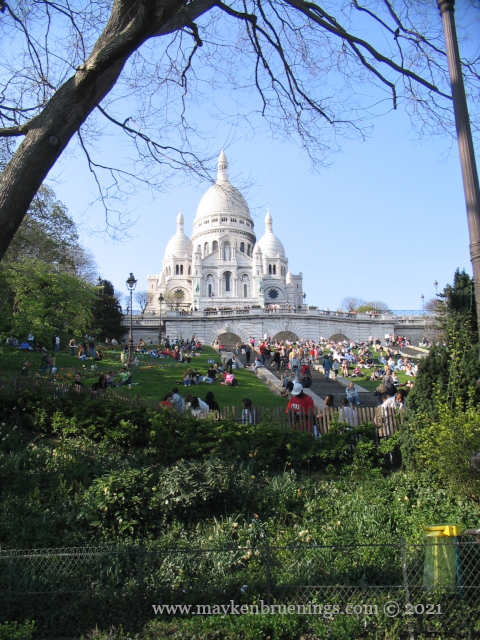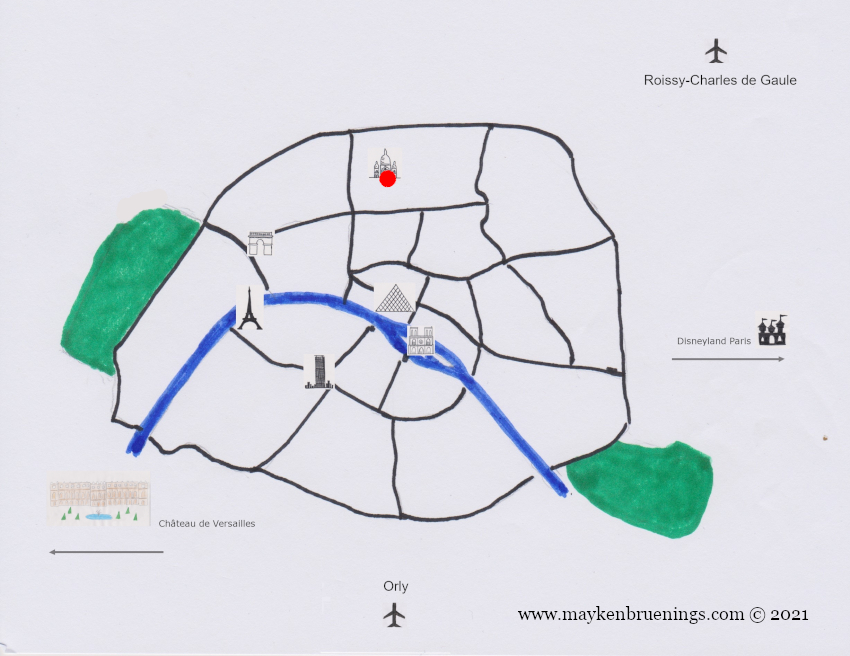Montmartre today is one of the most well-known tourist sites of Paris. Its name can be traced back to Gallo-Roman times, when there was a temple dedicated to Mars, the Roman god of War, making the hill mons Martis, the hill of Mars. Or it might come from the hill of martyrs, mons Marthyrum, as Saint Denis and two fellow persecuted Christians were decapitated here.
The hill, called la Butte de Montmartre, is 130m high and constitutes the highest point of Paris.

When France’s municipalities and départements were created following a decree of November 1789, Montmartre became a municipality in the département Seine. It had difficult beginnings, as the recently constructed General Farmers tax wall cut the municipality in two.
When the city of Paris was extended from the General Farmers tax wall to the Adolphe Thiers wall, the municipality of Montmartre was incorporated in the city of Paris and became part of the 18th arrondissement. The small section outside the Thiers wall was incorporated into the municipality of Saint-Ouen.
It is in Montmartre that the revolutionary uprising of the Paris Commune began in 1871 following the lost war against Prussia., sparked by the attempt of the newly formed Third French Republic’s government to recover a large number of canons the French army had stored on the hill during the Franco-Prussian War.
During the 19th and 20th century, Montmartre attracted numerous painters, such as Picasso, Toulouse-Lautrec, Van Gogh, or Modigliani.

The Sacré Cœur (Holy Heart) Basilica was built after the Franco-Prussian war and represents a national penance both for the actions of the Paris Commune and the French defeat in the war. The construction was financed entirely by private donations. Inside the basilica, you can see stones with names of donors engraved.


